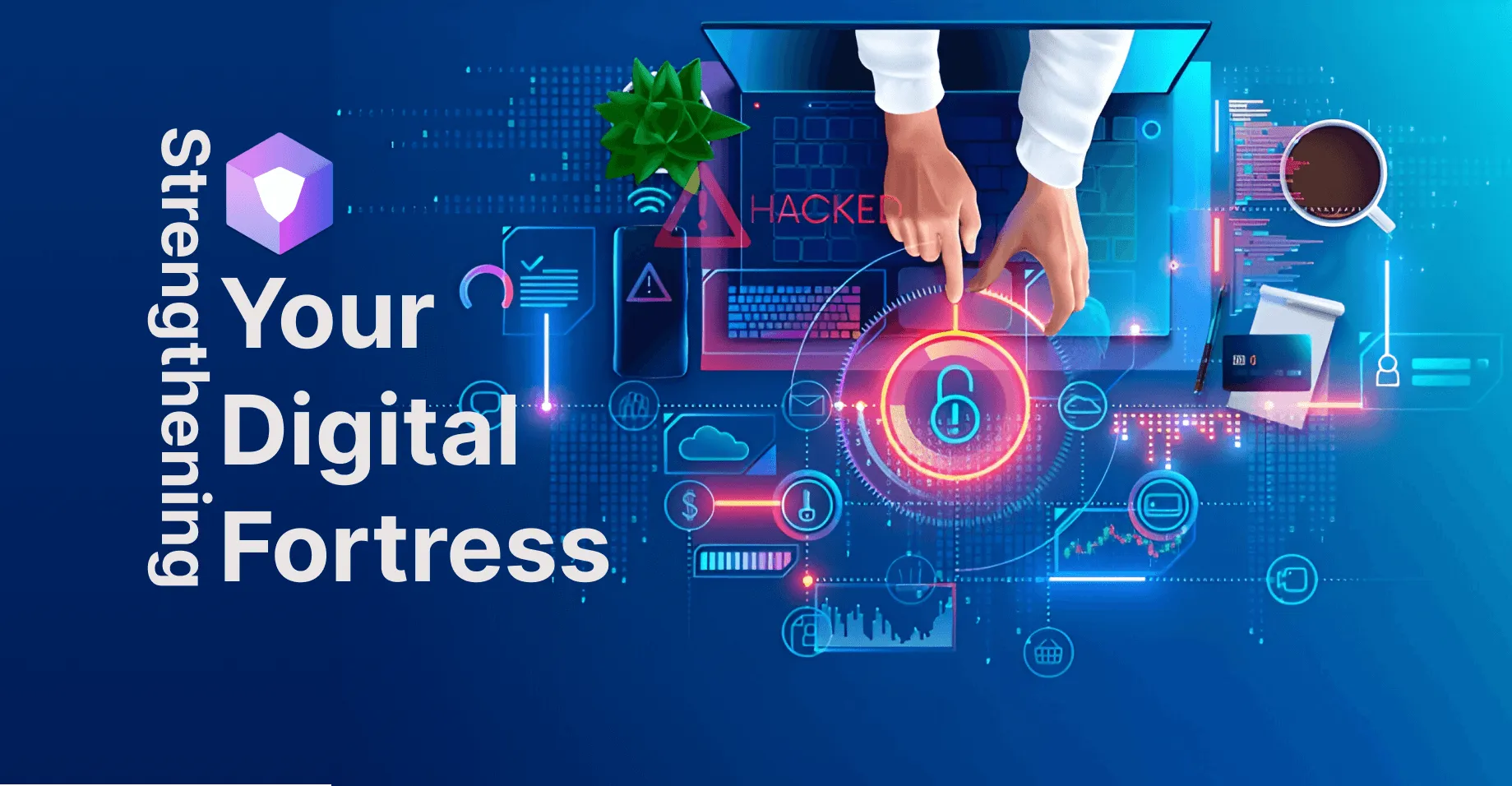Data security is no longer optional but necessary in today's hyper-connected world. Whether it's ransomware crippling hospitals or customer information leaking due to a data breach, the effects are far-reaching and devastating. This guide delves deeper into the basics of data security, common threats, actionable tips, and advanced technologies to protect your digital assets appropriately. Whether you want personal protection or a business that wants to protect critical information, this complete post is your ultimate guide.
What Is Data Security?
Data security involves protecting digital information from unauthorized access, corruption, or theft throughout its lifecycle. This encompasses data at rest (stored data), data in transit (data being transferred), and data in use (data being actively processed). Effective data security ensures confidentiality, integrity, and availability, often referred to as the CIA triad.
Breaking Down the CIA Triad
The center of all data security strategies is the CIA triad, a model based on which the primary strategy for keeping information intact is based.
Confidentiality:
Only an authorized person can access it, and it includes encryption, access controls, and other features to protect it.
Integrity:
Maintains accuracy or reliability of the data. This is because no authorized changes, alterations, or data corruption would be allowed.
Availability:
The authorized users can access the information whenever they want. This involves good backup, disaster recovery plans, and robust infrastructure.
For instance, an online banking application must ensure that your login credentials are always confidential, your account balance is always intact, and your account is always accessible.
Why Data Security Matters
The Cost of a Breach
To understand the importance of data security, consider these alarming statistics:
IBM's 2024 Cost of a Data Breach Report states that the average global cost of a data breach is $4.45 million.
Cybersecurity Ventures claims that by 2031, ransomware attacks will cost businesses more than $265 billion annually.
Almost 50% of cyberattacks target small businesses, but only 14% have the necessary measures to defend themselves.
Key Idea: Lacking adequate security can lead to significant financial losses, damage to reputation, and disruptions in operations, whether an individual is responsible for personal data or a company is protecting client information.
2. Enable Multi-Factor Authentication (MFA):
MFA adds an additional layer of security by requiring more than just a password to access an account. This could involve a text message code, an authentication app, or a biometric scan.
3. Keep Software Updated:
Regularly update operating systems, applications, and antivirus software. Many updates include patches for security vulnerabilities that could be exploited by attackers.
4. Backup Your Data:
Regularly back up critical data to a secure location, such as an external hard drive or a cloud storage service. This ensures you can recover your information in case of a cyber attack or hardware failure.
5.Encrypt Sensitive Data:
Encryption converts data into a code to prevent unauthorized access. Encrypting data at rest and in transit ensures that even if data is intercepted or accessed, it remains unreadable without the proper decryption key.
6. Educate and Train Staff:
Conduct regular training sessions to educate employees about the latest threats and best practices for data security. Employees are often the first line of defense against cyber threats.
7. Implement Access Controls:
Restrict access to sensitive data based on the principle of least privilege. Ensure that only authorized personnel have access to critical information, and regularly review access permissions.
8. Monitor and Respond:
Set up monitoring systems to detect suspicious activities and respond promptly to potential breaches. Implementing an incident response plan ensures that you can quickly address and mitigate any security incidents.
The Future of Data Security
As technology evolves, so do the tactics of cybercriminals. Emerging technologies such as artificial intelligence (AI) and machine learning are both a challenge and a boon for data security. While they can be used to detect and prevent cyber threats, they also present new attack vectors.
To stay ahead, organizations and individuals must continuously adapt their security measures, keeping abreast of the latest developments in cybersecurity. Investing in advanced security solutions and fostering a culture of vigilance and responsiveness is crucial in maintaining robust data protection.
Conclusion
In an era where data is a valuable asset, prioritizing data security is essential. By understanding potential threats and implementing best practices, you can build a strong defense against cyber attacks and protect your sensitive information from falling into the wrong hands. Remember, data security is not a one-time task but an ongoing process of assessment and improvement. Stay informed, stay prepared, and keep your digital fortress secure.
What’s Next?
Here are two steps you can take today to enhance your organization's data security and minimize risk:
- 1. Book a Personalized Demo Schedule a demo to see our solutions in action. We’ll customize the session to address your specific data security challenges and answer any questions you may have.
- 2. Follow Us for Expert Insights Stay ahead in the world of data security by following us on LinkedIn, YouTube, and X (Twitter). Gain quick tips and updates on DSPM, threat detection, AI security, and much more.
Saniya Khatri |
Saniya Khatri is a cybersecurity research and analytics professional at Vectoredge, with four years of expertise in analyzing emerging threats and crafting actionable insights. Specializing in AI-driven attacks, data protection, and insider risk, Saniya empowers organizations to navigate the evolving threat landscape with confidence. Her work bridges technical depth with strategic clarity, driving informed decision-making in cybersecurity.

